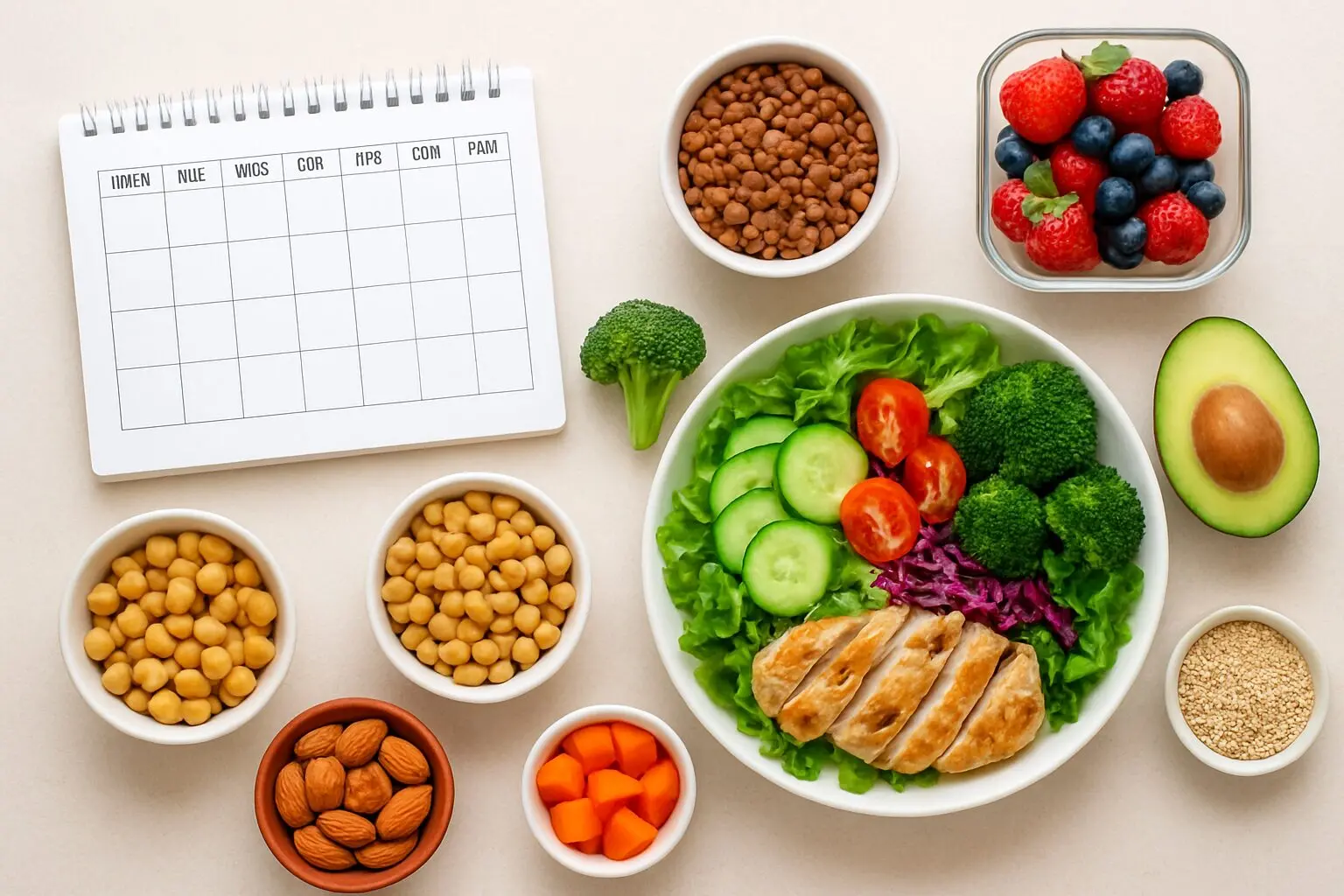You’ve probably heard of veganism and vegetarianism, but what’s all this talk of the flexitarian diet? More than just a buzzword, flexitarianism is a new and popular approach to food that incorporates aspects of vegan and vegetarian diets into a regular omnivorous diet. Want to learn more? Join La Española as we delve into the ins and outs of the flexitarian diet and help you plan out your weekly meals according to its values, and explore the role that olive oil plays in bringing flexitarian meals to life.
What Is the Flexitarian Diet?
The flexitarian diet is an eating style that emphasizes mostly plant-based foods while still allowing for moderate amounts of meat, fish, dairy, and other animal products. It’s essentially a flexible version of vegetarianism — not strictly eliminating meat, but encouraging people to reduce their intake and instead focus on:
- Vegetables, fruits, legumes, and whole grains as the foundation of meals.
- Plant-based proteins like beans, lentils, tofu, tempeh, and nuts.
- Occasional meat and fish, typically in smaller portions or less frequently.
Core Principles
- More plants, less meat – but not zero meat.
- Quality over quantity – choosing whole, minimally processed foods.
- Flexibility – no rigid rules; it’s adaptable to personal preferences.
Benefits
Flexatarianism is popular among people who want to eat healthier and more sustainably, without giving up meat entirely.
- Health: May lower the risk of heart disease, type 2 diabetes, and obesity.
- Environment: Reduces the environmental impact compared to a meat-heavy diet.
- Practicality: Easier to follow than strict vegetarian or vegan diets, since it allows occasional meat.
Veggie Forward Breakfast Ideas
For many, breakfast is the most important meal of the day. A hearty breakfast meal has the potential to help you put your best foot forward first thing in the morning. The flexitarian diet emphasizes embracing veggies in meals and minimalizing the use of meat and dairy products, and that’s what makes our Apple Toast recipe perfect. Made with La Española Extra Virgin Olive Oil, it’s a sweet-tasting breakfast with a balanced nutritional profile.
Alternatively, if you’d prefer a savory meal to kick-start your day, how about trying this quick and easy Mushroom Toast Breakfast Recipe? Featuring a delicious combo of peppers and mushrooms with a fried egg on top, it’s a hearty breakfast that’s both meat-free and protein-packed.
Striking a Balance
Flexitarianism is a diet that calls for a certain degree of pragmatism. Meat and fish are rich in protein and other nutrients and can play an important role in a balanced diet. That being said, embracing vegan and vegetarian cuisine is a great way to enjoy a more varied diet and incorporate a broader range of nutrients into your meals.
Lovers of Spanish cuisine will know that paella recipes are a great way to cook with a medley of ingredients. Famous for their versatility, you can adapt this classic dish to cater to a wide variety of dietary preferences.
For a vegan variation, try this Vegan Paella Valenciana. Aubergine, onion, peppers, artichokes, and runner beans combine with traditional paella herbs and spices such as saffron, paprika, and rosemary for a dish that’s balanced and flavorful in equal measure.
On the other hand, if you’d like to make paella the vehicle for your weekly allocation of meat or fish, try this Chicken Broccoli and Red Pepper Paella.
How Flexitarians Approach Seafood
Flexitarians value variety in their meals. A good example of this is Pan Fried Seabass with Orange and Olive Oil Salad. Pairing fresh fried fish in fruity-tasting La Española Extra Virgin Olive Oil with a zesty salad boasting ingredients ranging from capers, red onions, and rocket, to chopped parsley and black olives.
Meal Planning
The beauty of flexitarian meal planning is that it’s flexible. You don’t need to follow strict rules — instead, you focus on eating more plants, reducing meat gradually, and choosing high-quality foods. Here’s how flexitarians often approach their weekly meal plans:
Start with Plants First
Flexitarians build their meals around vegetables, fruits, legumes, and whole grains. For example:
- Instead of centering dinner around chicken, start with roasted veggies and quinoa, then add a small serving of chicken if you like.
- At lunch, think: lentil soup with a side salad, or a hummus wrap loaded with veggies.
This plant-first mindset makes it easier to naturally cut down on meat without feeling deprived.
Plan Meatless Days
Many flexitarians find it helpful to designate certain days as meat-free—like “Meatless Mondays” or “Veggie Fridays.”
- This gives structure without being overwhelming.
- It also helps you discover new plant-based recipes to keep things exciting.
Use Meat as a Flavor Booster, Not the Star
Instead of serving a big steak or chicken breast, flexitarians often use meat in smaller amounts to enhance a meal:
- Sprinkle bacon crumbles on a vegetable stir-fry.
- Add a little shredded chicken to a hearty bean chili.
- Grill a few shrimp to toss into a veggie-loaded pasta.
This strategy stretches your meat further and helps reduce overall consumption.
Olive Oil: A Flexitarian Essential
Olive oil is an essential ingredient for flexitarians. Not only is it a viable substitute for butter, but it also boosts the flavor profile of meals, bringing added nutrients and health benefits to boot. Available in numerous varieties, each with its own application, olive oil is a versatile kitchen companion you can depend on.
For more expert cooking advice and recipe ideas, make sure to check out our blog.
